Ambitious New Public Art Project Will Turn the Thames Into an Illuminated Canvas
When Illuminated River launches in 2018, it will be the biggest such project ever undertaken
London just wouldn’t be itself without the Thames, the river that serves as conduit and heartbeat for the British capital. Its bridges, too, have become icons—and soon they’ll become even more so when London uses them for what will eventually be the world’s biggest-ever public art project. As Roslyn Sulcas reports for The New York Times, both river and bridges are slated for an ambitious light project aimed at transforming the Thames into a living piece of art.
The project, The Illuminated River, will become a reality in 2018. It’s the result of a public-private partnership costing roughly $24.8 million that's designed to transform the river into what Sulcas calls "a glowing river of light and spectacle."
If it sounds ambitious, that’s because it is. The goals listed on the project’s website cover everything from creating a “world-class lighting scheme” for the river to celebrating the river’s history, making the river more accessible for outdoor celebrations, making its environment more sustainable and making London more of a world-class city. But though the concept—use the river and 17 central London bridges as a kind of canvas for light-based public art—is relatively simple, implementing it won’t be.
The team behind the project just passed an important milestone, narrowing down 105 entries from an international design competition to six finalists. The work of all six is currently on display both on the website and at the Royal Festival Hall. On December 8, the winning concept will be unveiled by a jury. Then, the focus will shift to fundraising and implementation, with the first phase of the project expected to begin in 2018.
Though the six finalists all have different visions, they all propose brightening up the dark nighttime Thames. “Blurring Boundaries” would bring urban pavilions to the bridges along with specially designed installations created by teams of international audiences. “The Eternal Story of the River Thames” would illuminate the walls and undersides of the bridges with the tidal changes of the river. “Synchronizing the City: Its Natural and Urban Rhythms” would rely on nightly civil lighting ceremonies that would slowly illuminate each bridge until they became “full” at the end of twilight. “Current” would turn the entire stretch of the river into a dynamic, multi-colored piece of art. “A River Ain’t Too Much to Light” would progressively illuminate each bridge with the help of special lampposts. And “Thames Nocturne” would use live data from the river to create a river-long light display.
No matter which project is chosen, it’s likely to change the way both Londoners and tourists think about the city’s river. An illuminated, destination Thames is a far cry from the river’s stagnant past. Charles Dickens once called the body of water “a dark sewer…in place of a fine river” in response to decades of sewage-induced bacterial overgrowth the river suffered in the mid 19th century. In 2018, the winding Thames will instead look to the future—one throbbing, illuminated bridge at a time.
/https://tf-cmsv2-smithsonianmag-media.s3.amazonaws.com/accounts/headshot/erin.png)
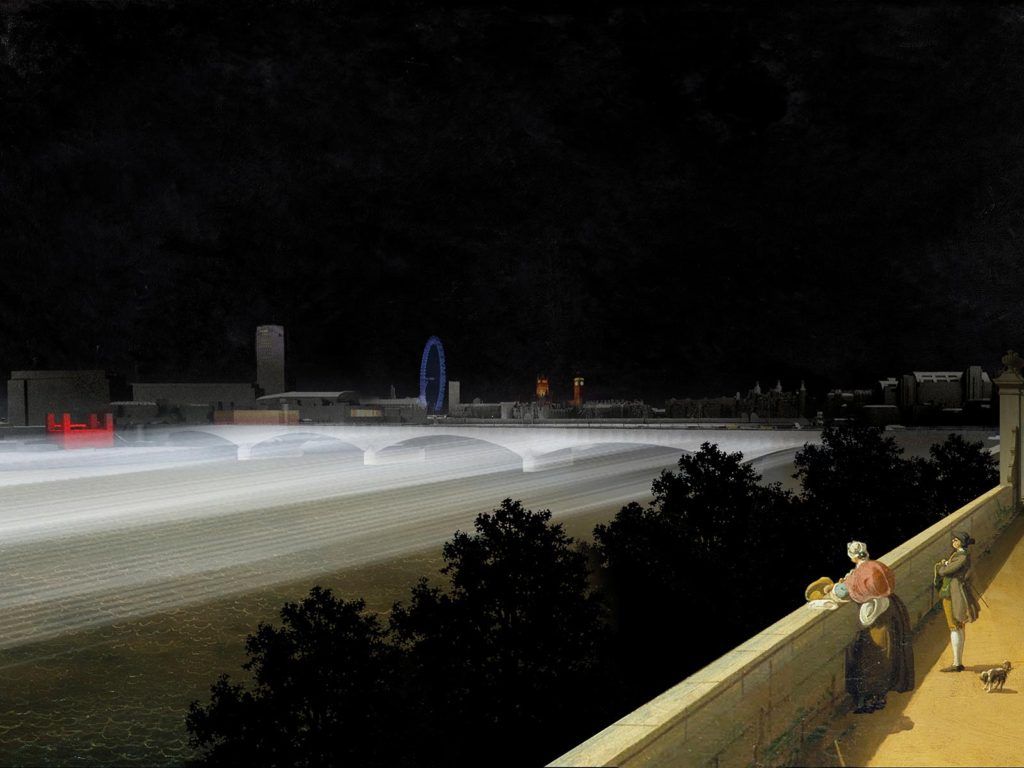
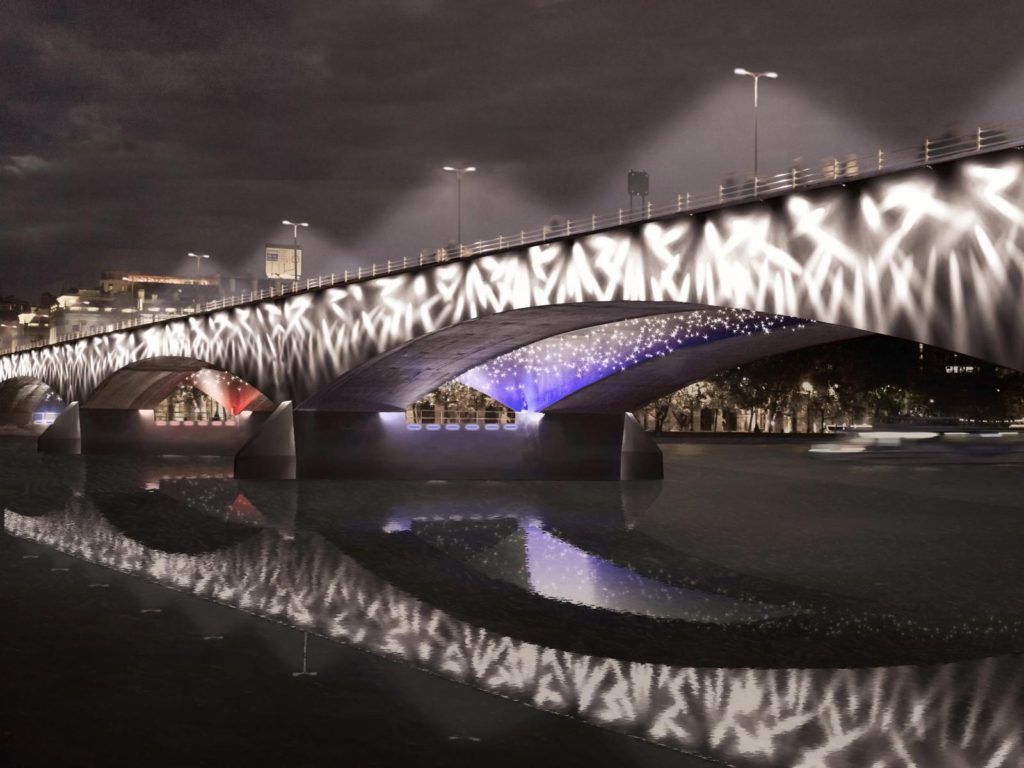
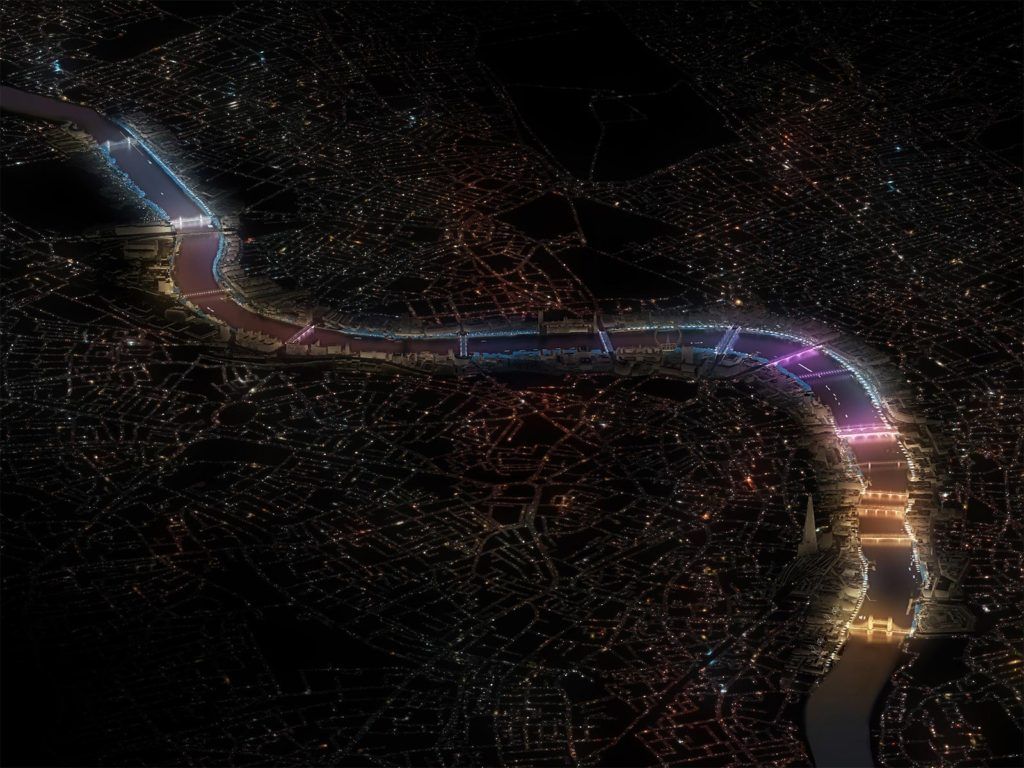
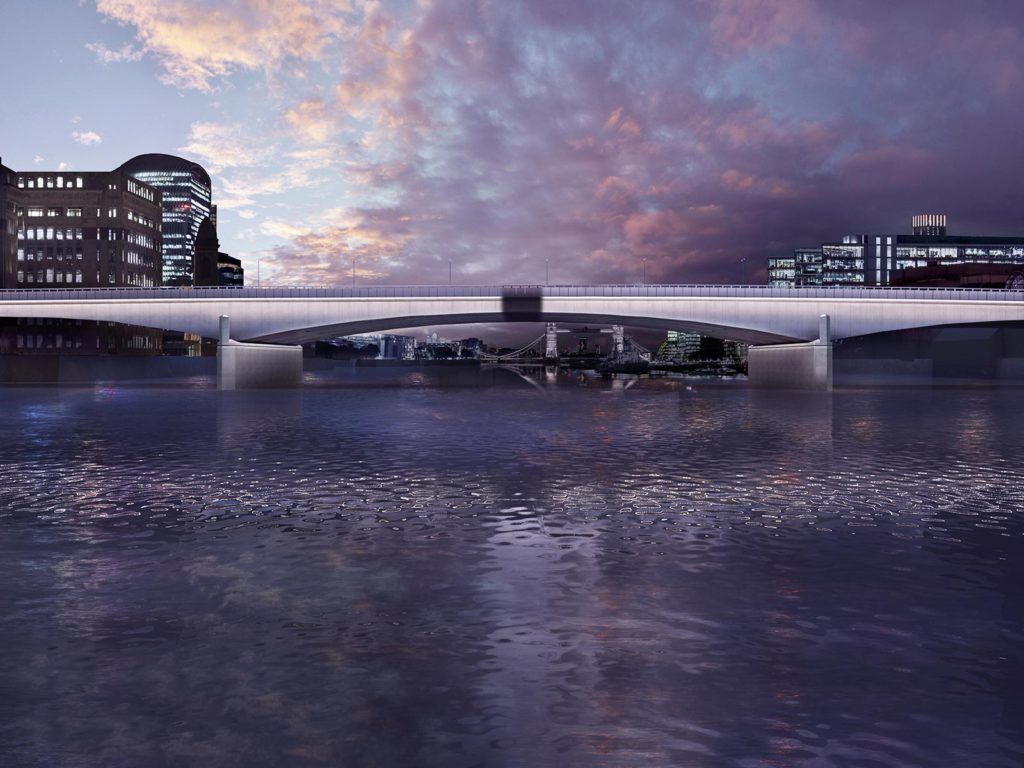
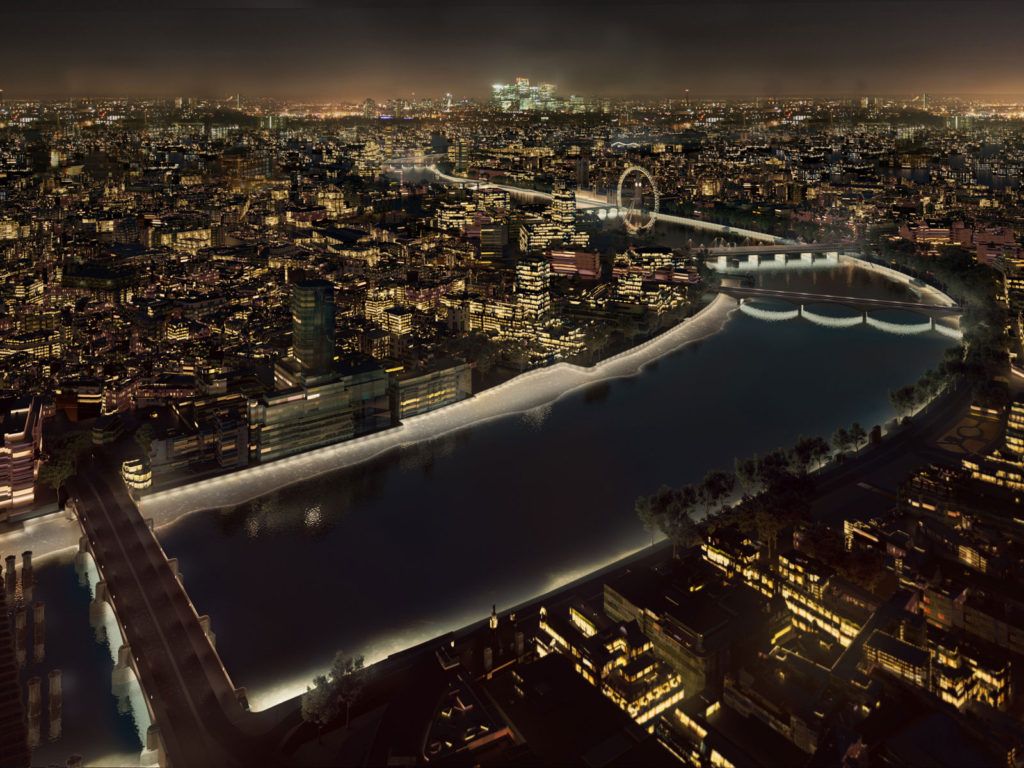
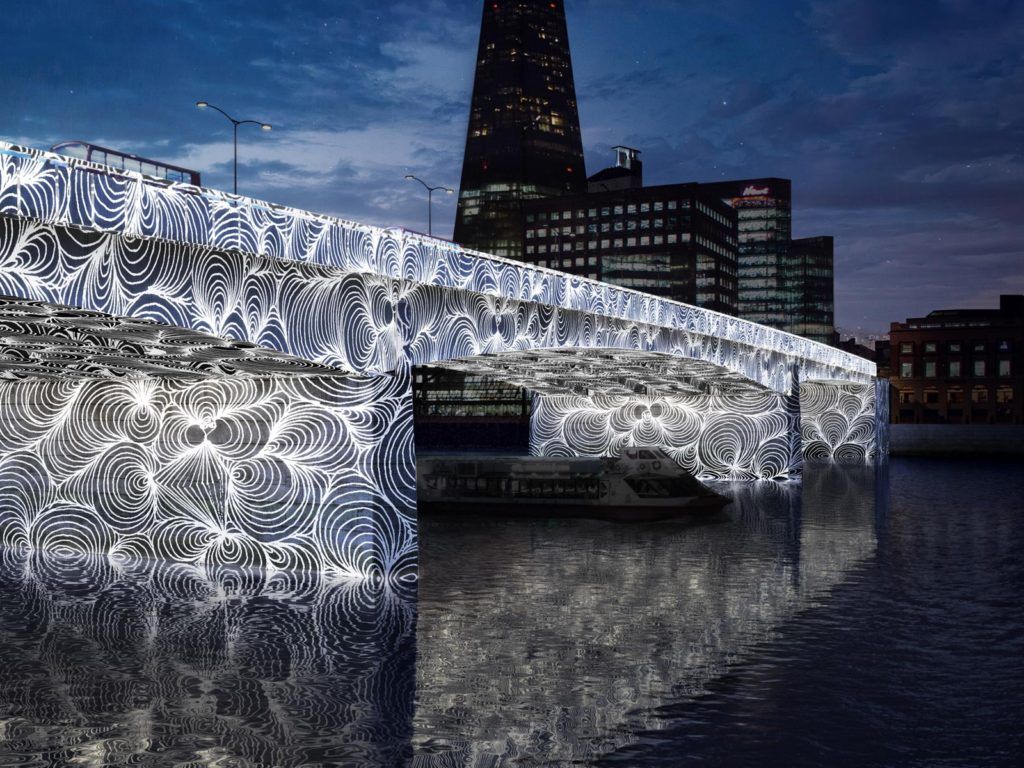
/https://tf-cmsv2-smithsonianmag-media.s3.amazonaws.com/accounts/headshot/erin.png)